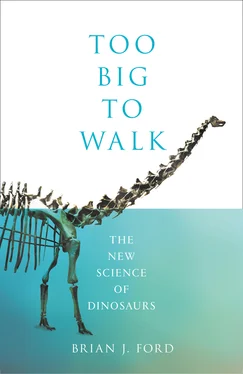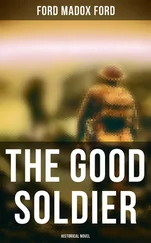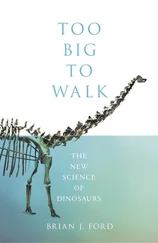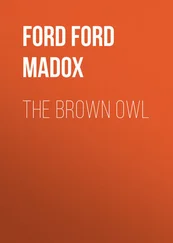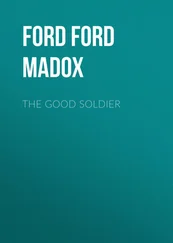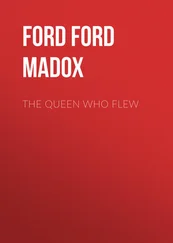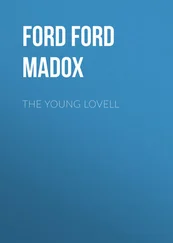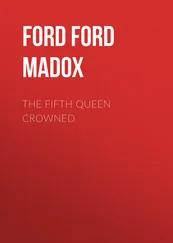The following year, Mantell received some dramatic news: Iguanodon fossils had suddenly been found in a quarry near Maidstone, in Kent. He decided to investigate, but by the time he was able to reach the site, the strata had already been blown up with gunpowder (the standard accounts all say that the rocks were ‘dynamited’ but that explosive was not invented for another 30 years). Just one fossil-bearing slab survived the demands of the quarrymen, and the owner demanded £25 (in 2018 about £1,200 or some $1,600) before he would release it. Mantell didn’t have any spare money, but a group of his friends clubbed together to purchase the rock. It was transported to his home, where it took pride of place in his personal museum. With typical British wit, they called it the Mantell-piece. It proved impossible to separate out the individual bones, so Mantell and his wife worked on reconstructing the appearance of the remains from what they could see. The rock, formally named the Maidstone Slab, can be seen to this day hanging lost and lonely in the dinosaur gallery at the Natural History Museum in London. That is not the new dinosaur gallery; if you follow the signs, you will come to a kind of indoor theme park illustrated with inane cartoons and littered with shops selling plastic souvenirs, fridge magnets and children’s clothing. The new dinosaur display in that museum is like a gloomy version of Disney World, and most of the Victorian specimens are hanging on a high wall in a nearby gallery where few people notice them.
Mantell’s reconstructions of the dinosaur are largely based on this specimen, and he construed it as a quadruped with the proportions of a bear. Mantell made a sketch on paper which showed the bones they could recognize, placing the horn on the nose; and this remained the conventional interpretation for a century. Mantell began to give public lectures on his work at his home museum, and they proved so popular that in 1838 they were published in a single book devoted to the wonders of geology.43
Mantell so liked showing visitors around the collections that he frequently overlooked charging the standard entrance fee, and the museum soon became insolvent. By now he was becoming desperate, so he offered to sell his entire collection to the British Museum for £5,000 and readily accepted their counter-offer of £4,000 (worth some 50 times as much today: about £200,000 or $250,000). Mantell, who had become the founding father of dinosaurs after his wife’s prescient discovery of that first Iguanodon tooth, cut back on his fossil lectures and moved to Clapham Common in London to concentrate on practising as a physician. In 1839 Mary Ann left Gideon and emigrated to New Zealand, later sending him some new fossil discoveries, while their daughter Hannah died in 1840. The next year saw a dreadful accident: Mantell was caught in the reins of his horse-drawn carriage and severely damaged his back. From that day onwards his spine was painful and problematic. He moved to Pimlico in 1844 and, confined largely to his home, he continued to write books and papers on his discoveries, deadening the constant pain with laudanum, the solution of opium also taken by Mary Anning.
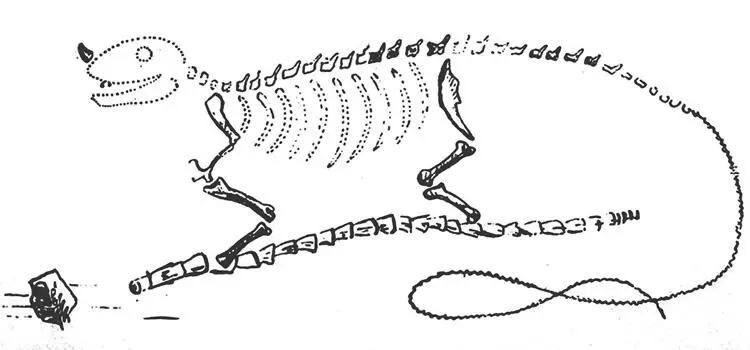
A horn had been found by Mary Mantell among the fossilized iguanodon remains, and when her husband sketched how the animal might have appeared in life, he placed it on the snout. Copies of this incorrect view still appeared 138 years later.
Mantell was the world’s first authority on dinosaurs; four of the five dinosaurs then known had been discovered by him and his wife. Although his life had been enriched with so many discoveries, after his wife left him and he suffered his fall, the pain became increasingly severe. Eventually, on November 10, 1852, Mantell over-dosed on the laudanum, and he died that same afternoon. He was 62. Opinions are divided as to whether it was an accidental overdose or suicide. At autopsy, it was discovered that his vertebral column had curved, a condition now known as scoliosis.44 After the post-mortem dissection, a section of his spine was removed and preserved for study, and it remained in the pathology museum collection of the Royal College of Surgeons of England until 1969 when it was unceremoniously thrown away, due to a lack of storage space. In 2000, to commemorate Mantell’s discovery, a monument was unveiled at Whiteman’s Green, Cuckfield, where Mary Ann had found that first tooth. Maidstone, where the celebrated ‘Mantell-piece’ slab had been retrieved, adopted the iguanodon on its coat of arms. On the town’s crest, a lion supports a shield on the right, with an iguanodon on the left. The official designation is written in the ancient blend of Norman French and English beloved of heraldry specialists:
Arms: Or a Fesse wavy Azure between three Torteaux on a Chief Gules a Lion passant guardant Or.
Crest: Issuant from a Mural Crown Or a Horse’s Head Argent gorged with a Chaplet of Hops fructed proper, Mantled Azure doubled Or.
Supporters: On the dexter side an Iguanodon proper collared Gules and on the sinister side a Lion Or collared Gules.
Motto: AGRICULTURE AND COMMERCE.
In the Maidstone Museum, there is a stained-glass window with the iguanodon on display. Neither the published version of the iguanodon, nor the one in that window, has that horn on the snout.
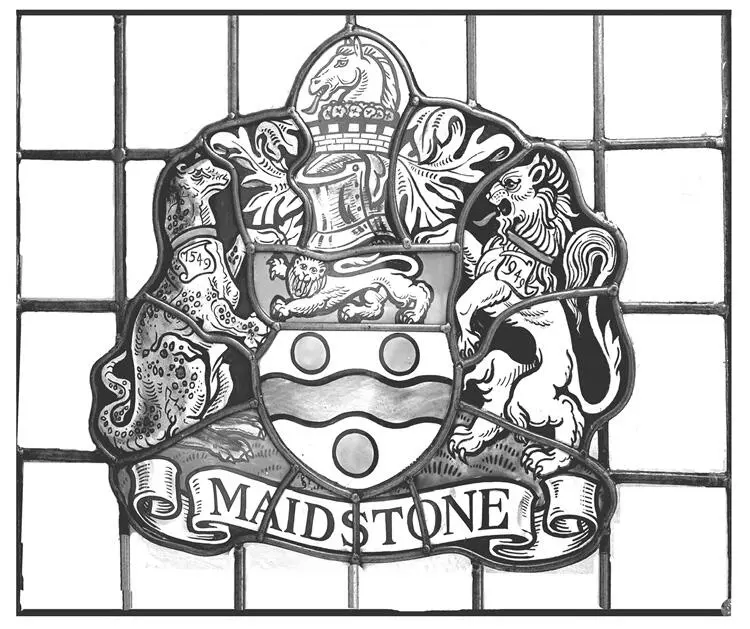
Maidstone, close to where the Mantells made their discoveries, was granted a coat of arms in 1619. In 1949 the two supporters either side were added, a collared lion (on the right) and an Iguanodon . This version shows the correct snout.
By this time, new fossil dinosaurs were being discovered in France. Remains of a large creature were described in 1838 by a French palæontologist, Jacques Amand Eudes-Deslongchamps, who lived in Normandy. He didn’t have much to go on; bones from the abdomen, a front- and hind-limb, the tail, and three types of ribs. He decided to name it Poekilopleuron from the Greek ποίκιλος ( poikilos , varied) and πλευρών ( pleuron , rib), and the bones were donated to the Museum of the Faculty of Science at Caen. During World War II an Allied bombing raid demolished the department and all the fossils were destroyed. However, plaster casts had been made, so copies survived in the Muséum National d’Histoire Naturelle in Paris and the Peabody Museum at Yale. This dinosaur was about 23 feet (7 metres) long and weighed about 5 tons. It would have lived 167 million years ago and was similar to Megalosaurus .
Although people are taught that the science of dinosaurs began with Richard Owen, the eminent anatomist, he did not begin his serious research until the 1840s and we have seen how far the study of dinosaurs had already advanced. Owen was certainly brilliant, and he was also a tireless investigator. In his early days he had only a few fragmented fossils available for study, yet from this he was able to deduce something of the appearance of an entire dinosaur, and even gain some insights into dinosaur physiology; yet he was also dishonest, vain, vindictive and quarrelsome. Owen frequently claimed the discoveries of others as his own, and was self-righteous in the extreme. He argued repeatedly with Charles Darwin, and refused to accept the theory of evolution. Owen enrolled at the University of Edinburgh Medical School in 1824 aged 20, but – like Darwin, who enrolled at the same school the following year – he was dissatisfied with the quality of instruction and decided instead to study under John Barclay, a convinced anti-materialist. The great debate of the time was the duality of body and soul, and Barclay firmly insisted that life was founded upon a Vital Principle while the individual identity rested in the Soul. Although science was increasingly seen as offering an explanation for living organisms, Barclay adhered rigidly to his non-material views. Neither Darwin nor Owen graduated in Edinburgh, Owen eventually being apprenticed to John Abernathy in London. A philosopher and surgeon, Abernathy was president of the Royal College of Surgeons, and he was instrumental in obtaining membership of the College for Owen in 1826. Charles Darwin, meanwhile, went on his extended holiday as the travelling companion to the captain of HMS Beagle .
Читать дальше
